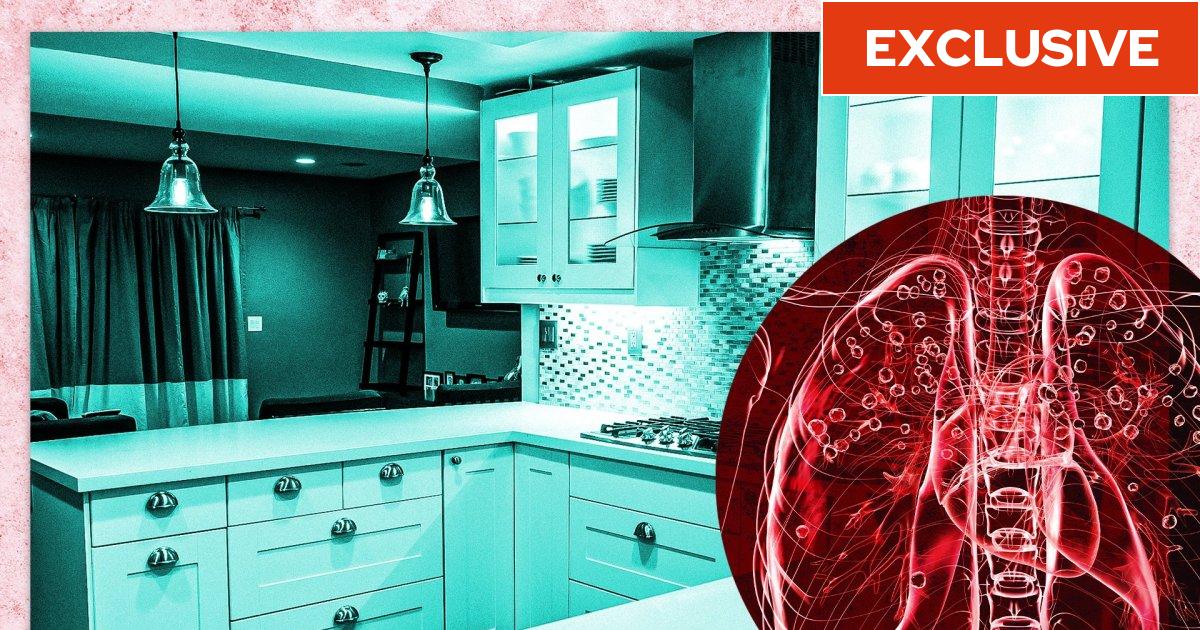The UK’s health and safety watchdog is meeting its Australian counterparts to discuss the country’s ban on kitchen worktops linked to a deadly lung disease in hundreds of workers, after the first British cases were identified.
A report by policy body Safe Work Australia recommending that engineered stone be banned led to the country becoming the first to outlaw the material in December.
The material is used to make worktops and is popular in kitchen makeovers.
This week, members of Safe Work Australia are meeting experts from the UK’s Health and Safety Executive (HSE) to discuss the ban, amid warnings that Britain is facing its own outbreak of silicosis – as first revealed by i in February.
The report by Safe Work Australia found workers in engineered stone were dramatically overrepresented among workers diagnosed with silicosis, the majority of whom were under 35.
Men in their 30s and 40s have been left needing lung transplants after suffering exposure to the dust while cutting quartz countertops without adequate safety measures.
It’s believed up to 10 cases have been detected so far in the UK, with the first emerging last year



I work in the mining industry and we had a huge issue with silicosis. The dust that destroys your lungs is about smaller than 7 microns. That size any and all things like mucous and other bodily mechanisms to catch the dust fails, and the silicon crystal with its sharp edges enters and cuts the alveoli and scar tissue forms making any gas exchange almost impossible. And you can usually only see up to 25 microns, so basically the air looks clean, you don’t feel the dust entering your lungs there is no way to tell except getting winded easier, thinking maybe you have become less fit and it progresses slowly until you realise something is amiss, then it is to late, irreversible damage that can be fatal
What type of respirator do you need to wear to protect against that, out of interest?
Usually a thick mask with a valve to let air out, it’s like 3mm thick. Well underground first thing is to water down the entire working area, helps in cooling the area as well. So everything needs to stay wet. Next with masks in place, you still have to monitor, usually a handful of employees will wear a device that monitors their exposure as well as devices at specific areas of work. Then there is the medical monitoring were every 3-6 months a Xray, will be done and lung capacity and performance will be tested on each employee.